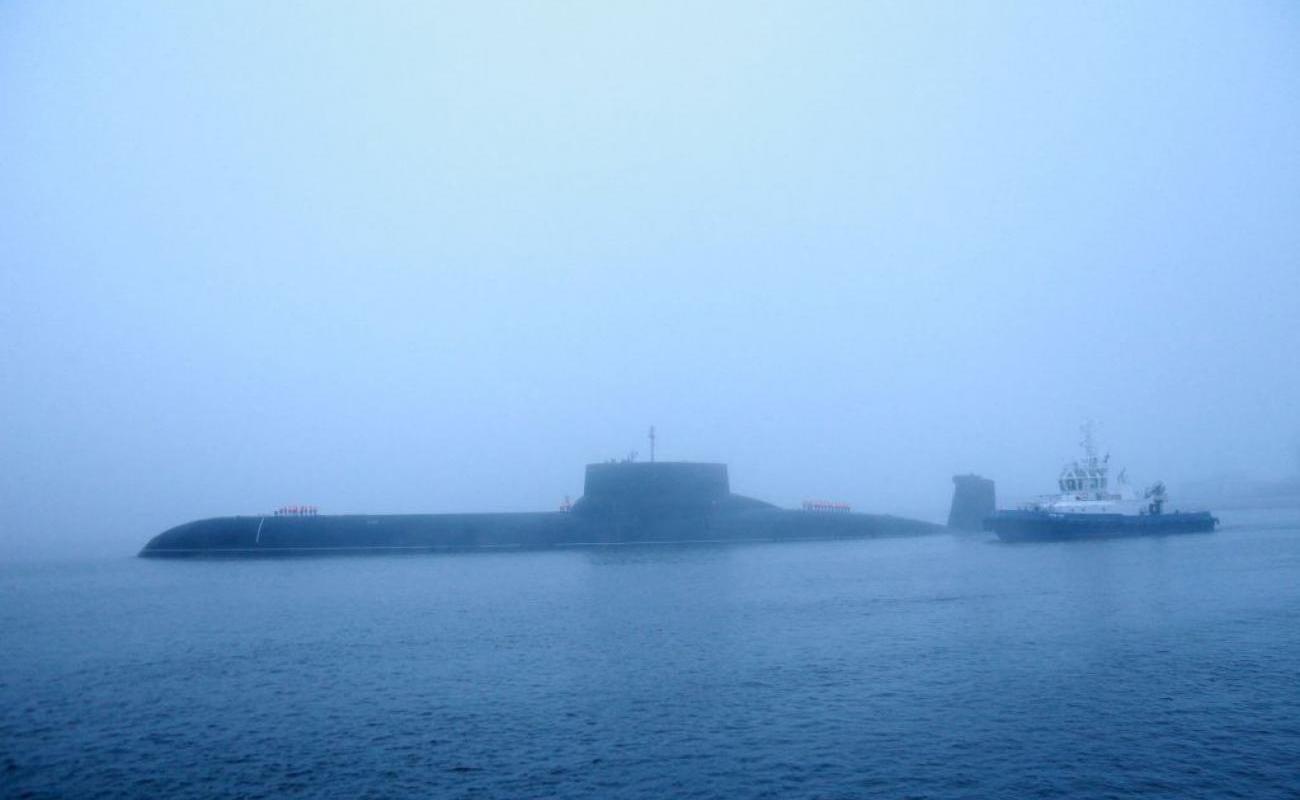Europe’s nuclear gap: Why London and Paris must go further to deter Moscow

Juraj Majcin is a Policy Analyst at the European Policy Centre in Brussels. His work focuses on European and transatlantic security and defence policy, the mobilisation of the European defence industry, and the broader geopolitical dimensions of security.
The recent signing of the Northwood Declaration by the United Kingdom and France marks an important step toward closer coordination of their nuclear forces. For the first time, London and Paris have jointly affirmed that any extreme threat – not only to their own nations, but to Europe as a whole – would not go unanswered.
It is a powerful message of allied solidarity and reassurance. But it comes at a time when Russia is escalating its nuclear posture, most notably by abandoning its self-imposed moratorium on intermediate-range nuclear missiles.
In this context, London and Paris must now back their pledge with concrete action to address the evolving Russian nuclear threat, particularly its sprawling tactical arsenal near NATO’s borders.
Russia’s war against Ukraine and its open threats of nuclear use, even against non-nuclear states, have made clear that nuclear weapons remain central to the Kremlin’s playbook of intimidation and coercion. In that context, the Northwood Declaration aims to leave Moscow in no doubt about the UK and France’s readiness to use their nuclear arsenals to deter any aggression against Europe.
But unlike Russia, both maintain largely strategic nuclear doctrines focused on deterring existential threats with long-range, high-yield weapons, intended for use only in extreme circumstances, excluding any battlefield use of nuclear weapons.
By contrast, Russia follows a more flexible nuclear posture, relying also on theatre-level or tactical nuclear weapons – lower-yield warheads designed for limited battlefield use to coerce, intimidate, or escalate conflicts on its own terms.
In practice, if Russia were to attack a NATO ally on the Eastern Flank, it could choose to deploy a low-yield tactical nuclear weapon against a military target – such as the German brigade stationed in Lithuania or another enhanced Forward Presence (eFP) unit. The objective sought by Russia wouldn’t be military victory, but political paralysis to deter a collective response and force NATO into hesitation under the shadow of nuclear threat.
In the grey zone between conventional war and full-scale nuclear conflict, Russia has options – NATO has far fewer.
The United States continues to deploy B61 gravity bombs in Europe and has reportedly returned them to the UK. But despite ongoing modernisation, these weapons are increasingly outdated: they must be delivered by aircraft flying close to target areas, leaving them highly vulnerable to advanced air defences.
Russia can launch low-yield nuclear missiles from deep within its own territory. Meanwhile, France and the UK rely exclusively on strategic nuclear forces – high-yield systems designed to deter existential threats by threatening the destruction of entire cities. These weapons are not designed for limited use and therefore cannot credibly deter Russia’s tactical nuclear threats.
A solution for Europe may lie in enhancing its own flexibility and forward posture. As a first step toward achieving this goal, France and the United Kingdom should conduct joint nuclear exercises involving their allies from NATO’s eastern and northern flanks. Paris should also establish forward storage and support infrastructure for its nuclear-capable aircraft and nuclear-tipped cruise missiles in key allied states like Poland or Sweden, paired with periodic deployment drills.
While France designates these missiles as strategic, their forward deployment would constitute a proportionate and credible signal in response to Russia’s tactical nuclear deployments in Belarus and Kaliningrad.
In the long term, the UK and France should launch a joint effort to co-develop mobile, ground-launched nuclear systems with smaller warheads. Such assets would provide Europe with a prompt, survivable second-strike capability to deter Russia’s tactical arsenal.
The core problem is asymmetry. While Russia is ready for limited nuclear use to coerce and control escalation, France and the UK maintain doctrines built for deterrence at the existential level. This mismatch leaves Europe exposed.
The Northwood Declaration is a welcome political signal, but unless it’s followed by credible capabilities and doctrinal adaptation, it won’t be enough to convince Moscow that Europe is truly prepared.
